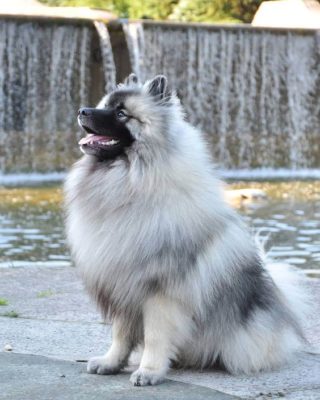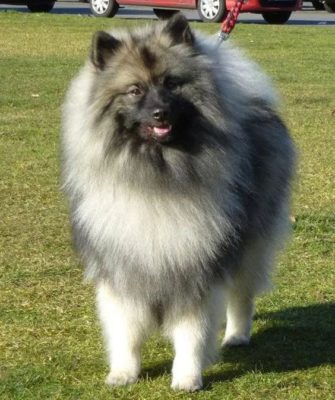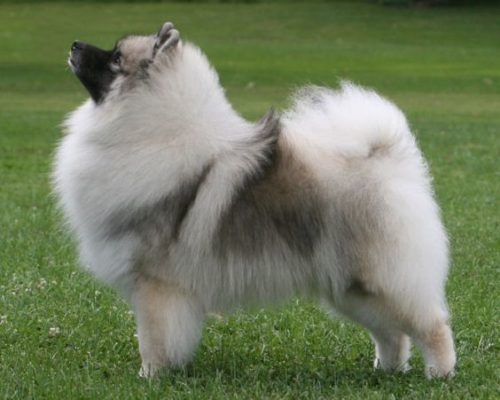Keeshond
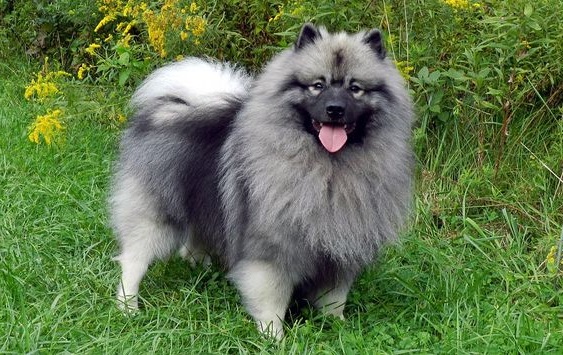
These dogs are great for people with an active lifestyle. After all, they are happy to keep you company whenever and wherever. Human company is very important to them, and to a certain extent, the Keeshond is dependent on its owner. He strives to spend as much time as possible with himself and his family.
Table of Contents
Breed Information
| Another Name | Dutch Barge Dog, Smiling Dutchman, German Spitz, Deutscher Wolfspitz, Wolfspitz, Dire Pomeranian |
| Origin | Netherlands |
| Height | 43-45 cm |
| Weight | 25-30 kg |
| Fur | Long |
| Color | Silver-gray (wolf), black, white |
| Lifespan | 13-15 years |
| FCI Classification | Spitz and primitive types |
| Group | Watchdogs |
| Price | $700-3000 |
Breed Photos
Origin History
It is one of the oldest dog breeds in Europe. The Wolfspitz has another name Keeshond, which is popular in Holland. For the first time, dogs were mentioned in the 16th century.
Originally representatives of the breed were used as guards of small ships – barges, which transported goods. They also caught the rats that lived on the ships. That is why, as explained in the teachings, Wolfspitzes are very fond of swimming.
The dogs first took part in a show in 1891, at which time dog breeders and breeders liked them. In 1924, the first club of the Keeshond breed was founded.
Character qualities make these dogs versatile – they can be excellent guards, watchmen, and babysitters for children. During the whole time of its existence, the appearance of the Keeshond almost does not change. In the 90s of the last century, the International Fédération Cynologique Internationale this breed and approved the standard. Now the dog is popular all over the world.
Appearance
The Keeshond is the largest of all German spitzes. Dogs can be up to 45 kg in height and 30 kg in weight. They have a harmonious, compact build, square body. Limbs strong, muscular, have strong bones. Paws similar to those of a cat.
The head of the Wolfspitz is similar to a fox’s head, of medium size. The shape of the muzzle is wedge-shaped. The nose lobe is always miniature, dark black. The eyes are set obliquely, have an oval shape, usually black.
The ears are small, triangular, with a stiffly pointed tip. A scruff is formed on the neck.
The Keeshond has a double coat, which consists of a layer of a thick undercoat and long hair. The tail and neck have slightly more hair than on the body, so the dog appears rounded in appearance. The coat color can be silvery gray with a black tip. The coat is darker on the muzzle and ears than on the body.
Character
These dogs are great for people with an active lifestyle. After all, they are happy to keep you company whenever and wherever. Human company is very important to them, and to a certain extent, the Keeshond is dependent on its owner. He strives to spend as much time as possible with himself and his family.
Keeshond is good friends with other animals in the same territory, ready to share a common household easily. Likes to play with cats and other dogs. Can perform excellent babysitting duties for children.
Requires lots of exercise and activities. They need to play a lot of games with them and can even compete with other dogs. The Keeshond is characterized by loyalty and courage. He never leaves his territory without reason.
Care
A dog needs to be groomed regularly. It applies in the first place to the coat. It should be brushed about twice a week with a special brush.
The dog can live both in a private house and in urban areas. But it is important to walk it daily and diversify its pastime.
Bathe dogs as dirty as possible or no more than twice a year. Eyes, ears, and teeth should be inspected weekly and cleaned gently with a cotton pad if necessary. Teeth should be brushed twice a week. A dog’s coat allows him to tolerate bad weather without problems and not overheat in the summer. It is not recommended to cut the hair of the pet.
At least once a month, it is important to trim the pet’s claws because they do not always shave off naturally.
Training
From the first days of the dog’s arrival in the house, socialization should be carried out. Establish a proper daily routine, do not allow the dog to be lazy. Teach the proper relationship with other animals and people. About three months of age, you can start teaching the dog elementary commands “ew”, “sit”, “to me”, “not allowed”. Later on, the dog can take a general training course and a security guard course.
The Wolfspitz will never execute commands that seem ridiculous to him, even to please the owner. Try to vary the training time with games.
Common Diseases
The Keeshond has good health and a strong immune system. But it is typical for him to have several genetic diseases. For example, hip dysplasia.
Due to injuries at a young age, dogs can have a dislocation of the kneecap. It is important to monitor the level of physical activity carefully. Willebrand’s disease has also occurred in some dogs. It is important to remember and do timely vaccinations and coat treatments for parasites.
Nutrition
You can feed ready-made food, which contains all the useful elements. It is essential to watch the portion size since these dogs tend to be obese.
If you prefer to feed natural food, part of the diet should consist of meat (lean), by-products. Once a week, sea fish, boneless, can be cooked instead.
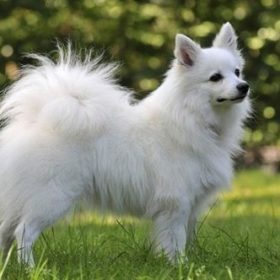 Volpino Italiano
Volpino Italiano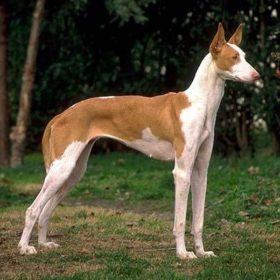 Ibizan Hound
Ibizan Hound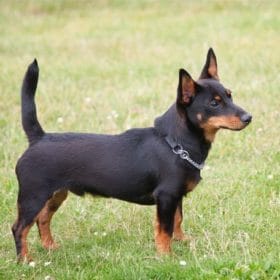 Lancashire Heeler
Lancashire Heeler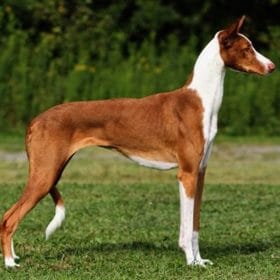 Smooth Collie
Smooth Collie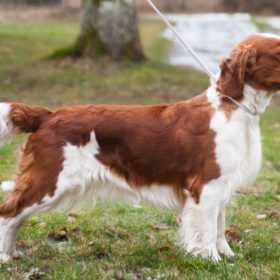 Welsh Springer Spaniel
Welsh Springer Spaniel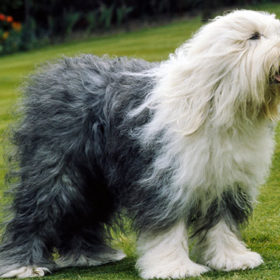 Old English Sheepdog (Bobtail)
Old English Sheepdog (Bobtail)